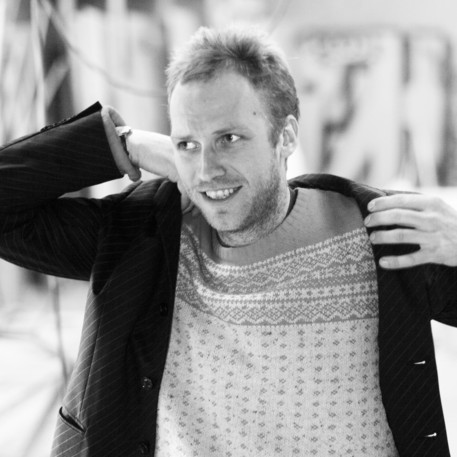Courage to be in the Open – Not Knowing in Advance What to Do
Way back in 2000, as a student at Design School Kolding, one of my main interests was social design and the complex problems associated with health care. It all started with the book “Design for the Real World” by Victor Papanek. Basically the book argues that industrial designers have a responsibility. His principal concern is how designers can create problem solving design for the developing world and groups of people with special needs that have been ignored – children and adolescents, the disabled and the elderly. Papanek believes that the designer has to help develop a better world and take a stand for what he calls ‘genuine human needs’.
I agree with Papanek’s basic premise, but the ugly and clumsy examples included in the book really upset me – because Papanek prefers ethics and functionality to aesthetics.
I believe that industrial design has a responsibility to combine those three concepts. It is a complex discipline, but this is exactly where the designer can differentiate himself (or herself) from the inventor. Aesthetics seduces us and speaks to us. If that is missing the product is a mere instrument without a soul.
To me design is nothing in itself, but should be viewed as a cross-disciplinary field which gathers inspiration from other knowledge areas such as biology, anthropology, cultural geography, philosophy and sociology. The starting point of my projects and designs is always the individual and his or her genuine needs – both overt and latent needs. My design process includes thorough and methodical research and documentation. My approach is empathic and humble. It demands respect and understanding for the people and for the situations where my designs are eventually going to be used. It is a time-consuming and iterative process which requires a good amount of curiosity, openness, patience and stubbornness.
We are living in a time where everything is happening fast and there are expectations for an immediate result. Unfortunately that is also the case when it comes to design. It’s my experience that you cannot and should not force the creative process. You have to have the courage to be open – not knowing in advance what is going to happen – but let things take shape along the way. My method is not having a method until I am in the middle of the process.
Preferably the method has to be adapted to the context; for example when you are working with people the most important point is that people are different. The method or template that works for A is not necessarily applicable to B. If you have already decided on a specific approach before you have explored the world you run the risk of closing down the creative process. Most likely you will end up with a solution that is “more of the same” and not “radically new.”
In addition to the user-centred approach aesthetics and perception were some of the most important concepts I learnt at Design School Kolding. “The doctrine of the beautiful”. It’s my opinion that you become a better human being when you surround yourself with beautiful things. What I took with me from the Design School was the aesthetic impulse, in other words to sense, to process and to experience in order to achieve an aesthetic awareness and a purpose of what one creates – both for oneself and for society.
I believe that good design has three fundamental purposes that guide me in my daily work: Design must touch or move people – preferably with a twist of humour. It must be active in its form, i.e. involve, reach out and interact with the user. And finally it must be able to change people in a positive direction through its work or through its mere presence. DÉSIGN OBLIGE!




